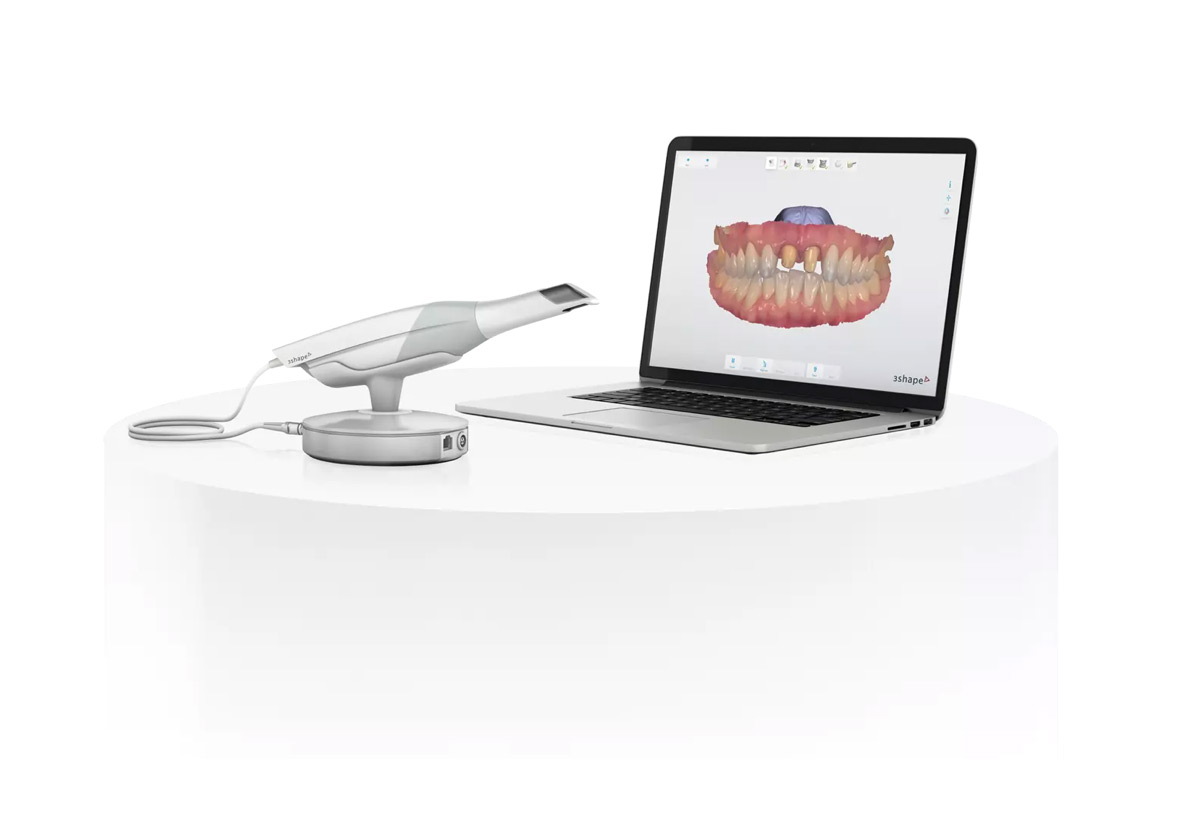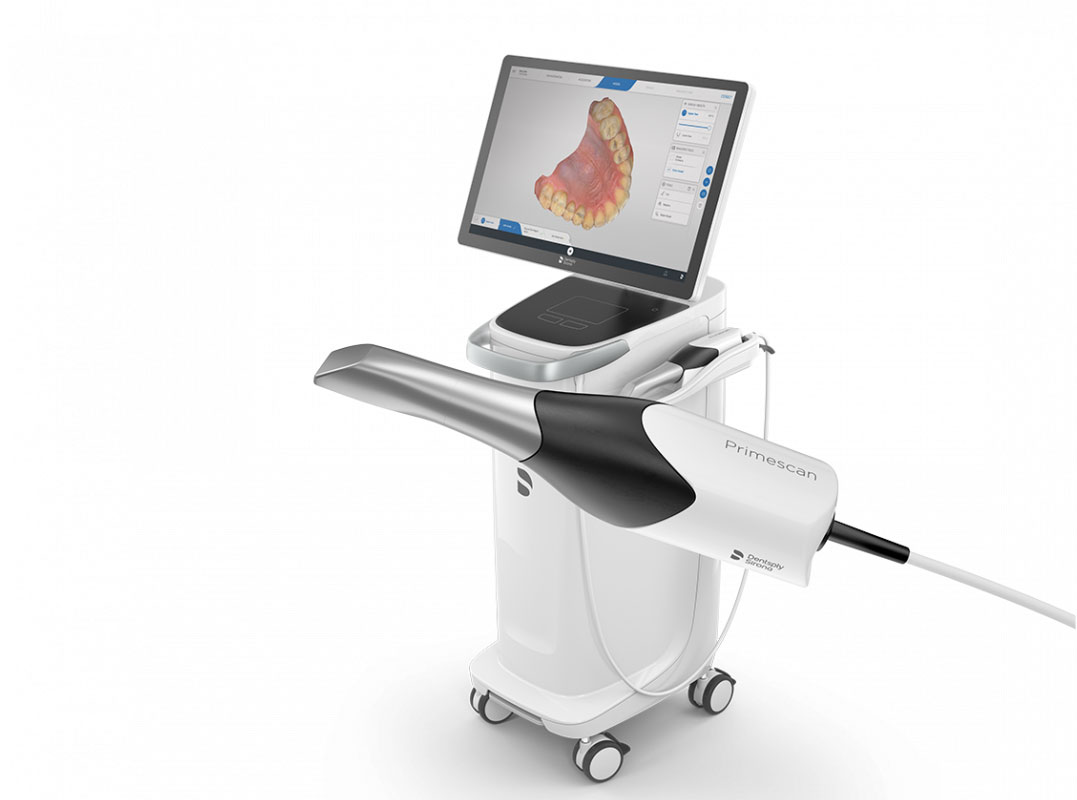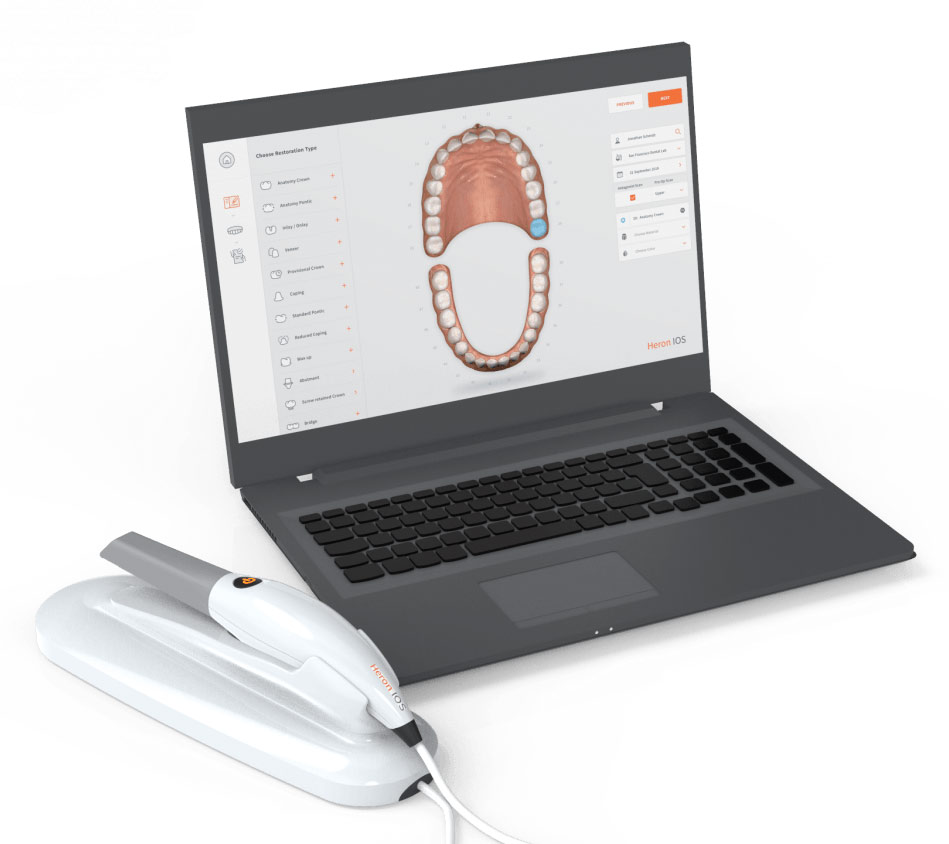Intraoral scanners offer an accurate and fast digital way to take dental impressions. They are the ideal starting point for every dental treatment which requires an accurate and detailed representation of the surface of patients’ teeth and gums.
Intraoral Scanning
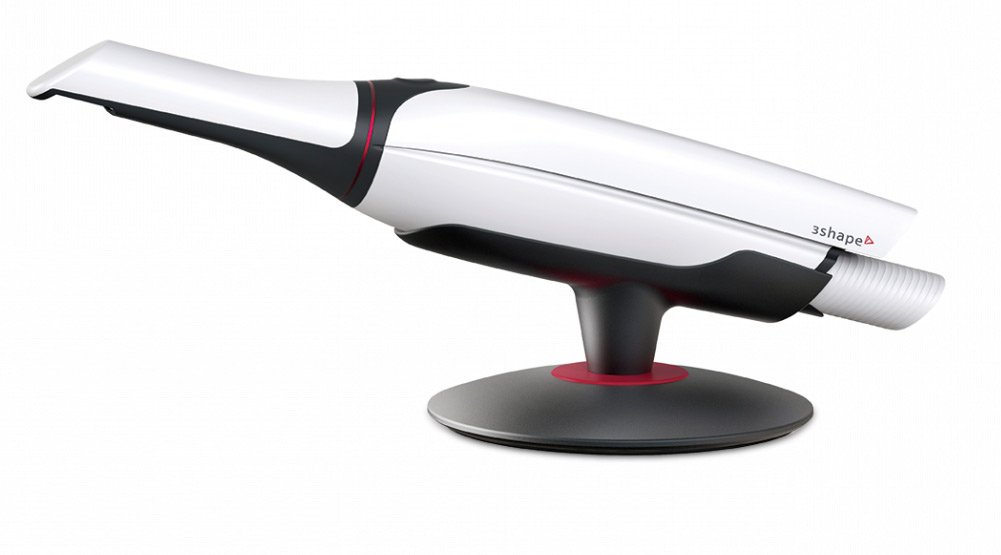
Introduction
The technology behind intraoral scanners has evolved to make them a vital piece of equipment that improves diagnosis and treatment planning as well as increasing business efficiency and patient satisfaction.
The popularity of this technology is reflected in the fact that the global intraoral scanners market continues to grow, being valued at $355.8 million in 2020 and estimated to reach $704 million in 2027[1].
Is it finally time to put down your impression tray?
This interactive guide takes a deeper look into intraoral scanning and the different options available. What are the advantages of digital impressions over conventional impressions and what are its applications? What should you consider when purchasing an intraoral scanner?
What is intraoral scanning?
Intraoral scanners (IOS) are devices for capturing direct optical impressions using light beams or lasers projected onto the surfaces in the mouth. A small camera fitted to the end of a handpiece is passed over the teeth, gingiva and arches and the digital software immediately constructs a 3D digital model of the subject on screen.
 “The predictability and accuracy of a digital workflow virtually eliminates the need for remakes, makes considerable savings on lab fees and does away with the additional costs of impression materials. There is also a considerable environmental impact in that we are no longer using numerous plastic trays and large amounts of silicone, all of which has to be disposed of.”
“The predictability and accuracy of a digital workflow virtually eliminates the need for remakes, makes considerable savings on lab fees and does away with the additional costs of impression materials. There is also a considerable environmental impact in that we are no longer using numerous plastic trays and large amounts of silicone, all of which has to be disposed of.”
Simon Chard, Rothley Lodge Dental Practice
The benefits
The technology continues to advance thanks to continued investment by dental manufacturers, and intraoral scanners offer clinicians evermore compelling benefits:
Accuracy
Intraoral scanners are designed to produce highly accurate and detailed scans in natural colour, that can be studied at extreme magnification through touchscreen technology. This improves the clinician’s ability to manipulate the image, diagnose accurately and plan the right treatment.
Speed
A digital impression of both arches can be taken in a matter of seconds with some intraoral scanners, which is a significant advantage over the conventional impression process. If an area is missed, it can be scanned again and “stitched” into the rest of the impression with the minimum of fuss, in contrast to disposing of a faulty conventional impression and starting the entire process again.
Patient comfort
Patients find intraoral scans much more comfortable than conventional impressions. A small camera on the end of a smooth wand is far less invasive than a tray of impression material which must be held in the mouth to set, an experience that can be extremely uncomfortable especially for those with strong gag reflex. There is also a marked reduction in chair time for those patients when using intraoral scanners compared to conventional impressions.
Treatment acceptance
Clinicians can use the 3D models as a compelling visual aid to explain the diagnosis and recommended treatment to their patients. Seeing a life-like representation of their oral situation on screen increases patient understanding and the likelihood that they will consent to the treatment.
Connectivity
Digital impressions can be sent instantaneously to other members of the dental team, such as the dental laboratory, delivered through open data transfer options. This increases the speed of communication but also improves collaboration as, regardless of geographic location, clinician and technician can discuss the treatment plan with the case in front of them. This leads to better understanding and the optimum outcome.
Efficiency
Aside from improved speed and fewer retakes, digital models take up no shelf space in the practice and they can be saved securely within the patient’s file on many practice management systems. There are no material costs with digital scans as there are with traditional impressions, such as silicone and impression trays, all of which also need to be disposed of.
Infection Control
Many modern intraoral scanners are designed in line with current decontamination protocols, featuring removable sleeves and easy to clean surfaces. These solutions allow clinicians to work efficiently and safely, while delivering superior outcomes to the patient.
Applications for intraoral scanning
The beauty of an intraoral scanner is that it can work alone or as the starting point for a wide range of workflows. The digital impressions taken by intraoral scanners have applications in restorative, implant dentistry and orthodontics – indeed, any treatment that requires a detailed impression to start.
All that is required to set up an intraoral scanner is to plug it into a USB port on an existing computer and to download the operating software. There is also the option to choose a wireless intraoral scanner, requiring a simple setup with your other devices. Once done, digital impressions can be taken and reviewed, and then sent immediately to a laboratory or other partner if preferred.
Alternatively, clinicians can make use of the sophisticated computer-aided design (CAD) software that accompanies modern intraoral scanners to diagnose and plan their own treatments, including designing their own restorations.
Single-visit restorations
A common application for intraoral scanners is the first step in a chairside same-day restoration, such as a crown or veneers. In-practice CAD software has become increasingly sophisticated, as well as easy to use, so that, once the intraoral impression has been imported, it can provide viable computer-generated restorative proposals, which the clinician can adapt and refine. This makes designing restorations remarkably straightforward and enables the clinician to keep more control of the design process.
For simple restorations such as veneers, inlays, onlays and single crowns, it is then possible to mill the restorations on an in-practice milling unit. A chairside setup like this gives a clinician significant CADCAM capabilities and ultimate flexibility which allows them to control whether they keep the full process in-house or pass more complex cases on to the lab.
Practice-lab workflow
For more complicated restorations, or if chairside restorations are not an option, clinicians can design their restorations and send over those designs to the lab. Alternatively, they may choose to take the digital impression and send the files straight over to their preferred laboratory for both the design and manufacturing stages.
Most intraoral scanners can export scan images in an open STL format which means they can be imported into software from other manufacturers, giving clinicians the flexibility to choose the laboratory that best suits their requirements.
Most CADCAM software also integrates with related software that enables clinicians to design orthodontic appliances or send digital impression files straight to third party orthodontic providers such as Reveal® and Invisalign®. With the addition of a 3D printer to the practice, items such as orthodontic aligners and surgical guides can be manufactured in the practice as well.
How to evaluate intraoral scanners
There are many factors to consider before investing in an intraoral scanner. All of the following are recommended criteria:
- Open and therefore able to work with a variety of systems
- Detailed, full colour, 3D or higher visual representations
- Regular software updates
- Clinically proven to be accurate
- Fast
- Comfortable for patient and operator
- Cost-effective
- Long warranty and good customer service
- Future-proof / easily upgradeable
- Easy to use and keep clean
- Powderless
What intraoral scanners are available with Henry Schein?
Above and below the surface
The power of digital scanning and X-ray imaging combined
Digital impressions and digital X-rays both deliver extraordinary accuracy and clarity and have revolutionised impression and X-ray taking respectively. But what happens when the two are combined?
CADCAM software can merge the surface scan from a digital impression with a 3D digital X-ray to give the clinician a complete picture of the oral situation above and below the gum line. This is invaluable for some areas of dentistry in particular and also for communication both with the patient and within the dental team.
Implant-borne restorations
Combining a surface impression from an intraoral scanner with a 3D digital scan gives an implant surgeon all the information required to plan the placement of one or more implants and restorations. The impression and digital scan are imported into CADCAM software and merged. The clinician designs the restoration within the software and plans the implant placement concurrently, ensuring they work seamlessly together. They can even design a surgical guide within the software and print it out on a 3D printer, or order it along with the restoration from the laboratory. This means that implants can be placed and the prosthesis manufactured with pin-point accuracy which results in an accurate, aesthetic and long-lasting restoration.
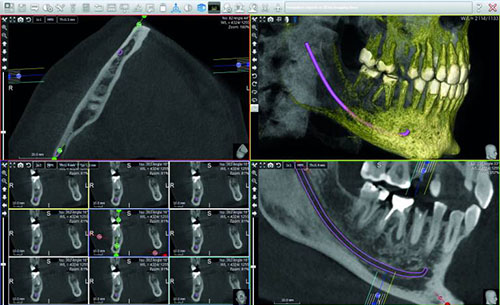
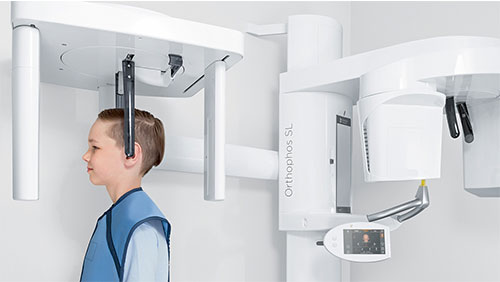
Orthodontics
Digital impressions and 3D digital X-rays can be used together to deliver custom, patient-specific orthodontic appliances – even in-house with the addition of a 3D printer. A 3D radiographic view of the patient’s anatomy means the clinician no longer has to guess the 3D location of an impacted tooth or the correct eruption vector. Merging the X-ray and the surface scan enables the clinician to use the root anatomy to devise the correct orthodontic treatment plan, improving the long-term outcome.
Patient communication
The ability to show the patient images of their oral anatomy both above and below the gums gives patients a much better understanding of the diagnosis and the intended treatment plan. Accurate pictures speak more than a thousand words which significantly improves patient understanding and therefore treatment uptake.
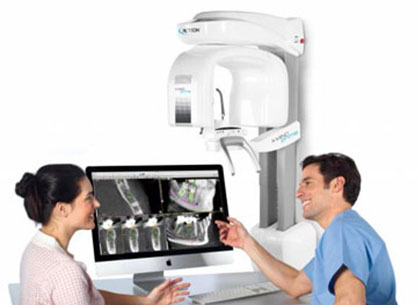
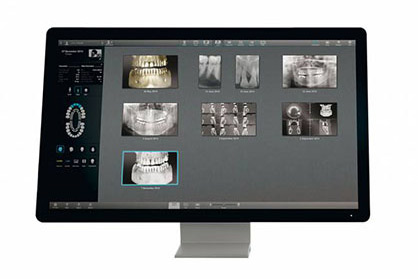
Dental team communication
Digital images and CADCAM software have succeeded in improving communication between the whole dental team, including clinician, technician and any third-party partners. Communication is instant and misunderstandings are avoided because every team member has immediate access to the detailed images and design files. From a patient record-keeping point of view, digital images make it much easier to keep all patient information together in a single file on a practice management system for instance. Diagnostic images can then also be tracked more easily to monitor disease progression or any other changes in the patient’s dentition.
Invest in your future
The power of digital images to transform dentistry cannot be disputed. The high quality of treatment that they make possible is now well-documented and there is no doubt that they will play a significant role in the future of dentistry.
Accurate diagnosis and confident treatment planning are the foundation of successful treatment outcomes and the latest intraoral scanners and digital X-ray machines now make both consistently achievable. There has never been a better time to invest in digital imaging and Henry Schein Dental has picked the best equipment to help clinicians maximise its potential.
Our Capital Asset Finance schemes can help you to maximise the Annual Investment Allowance, where you can offset up to £1,000,000 of capital asset spend against pre-tax profits in any full financial year.


